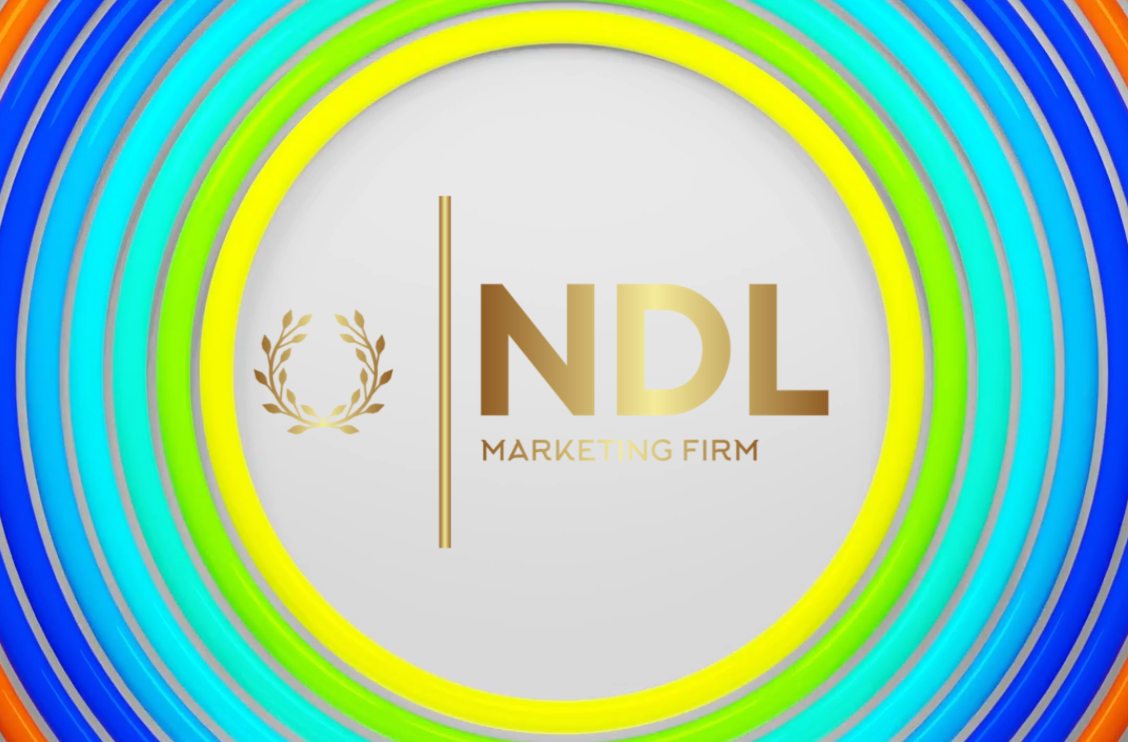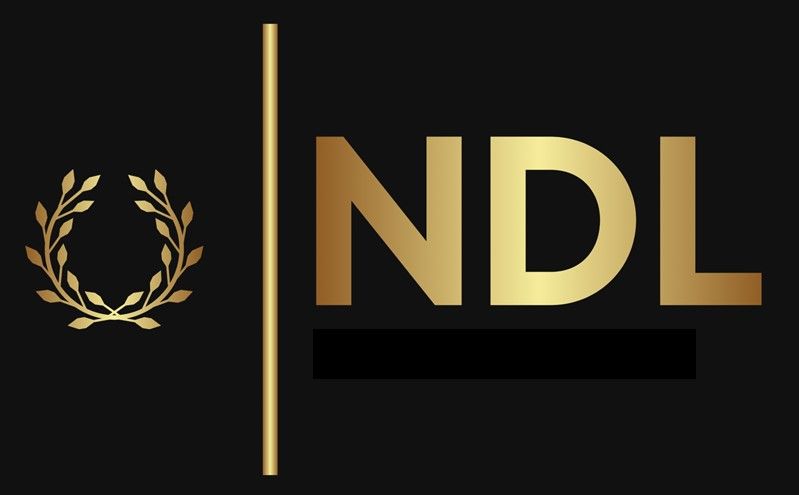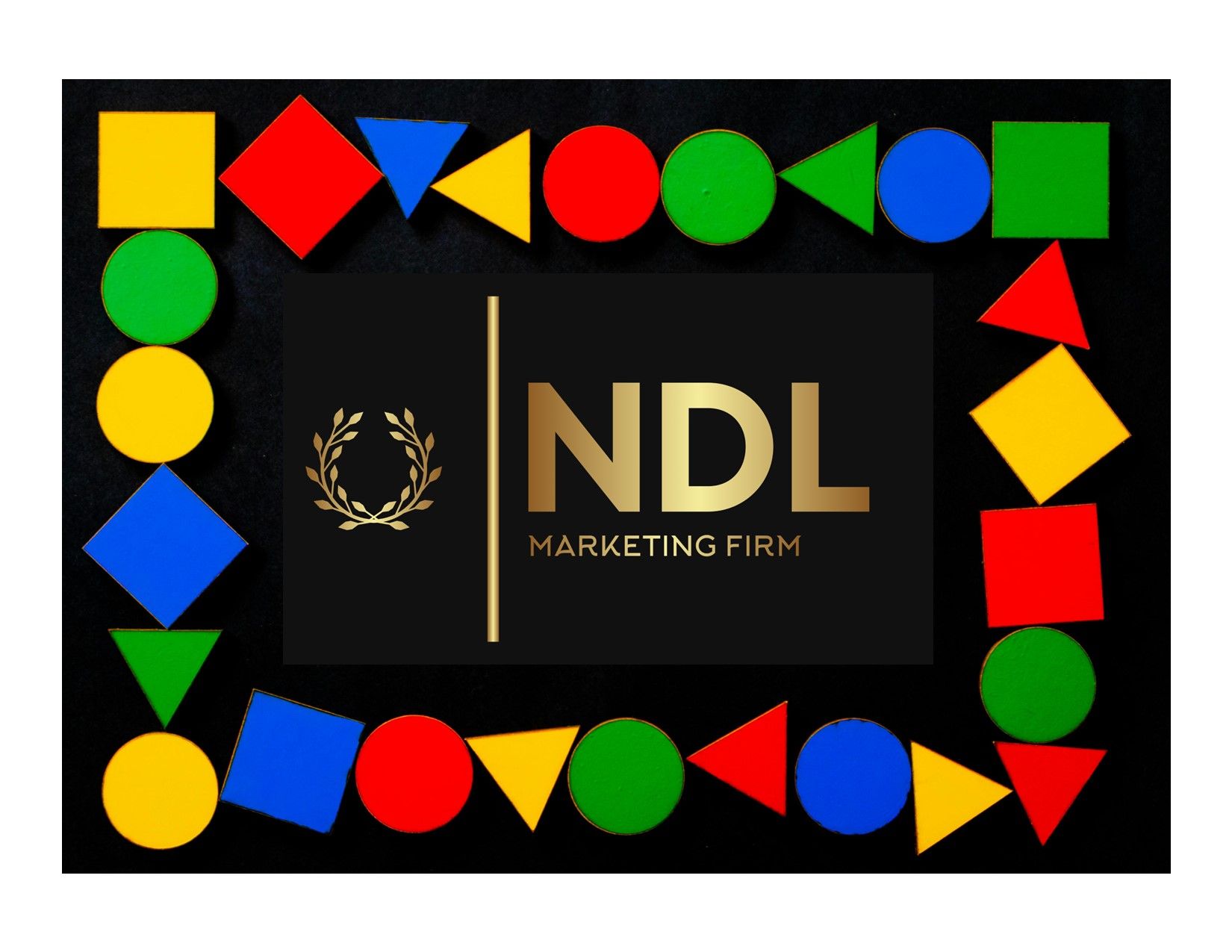The Power of Color: Can Color Theory Positively Impact Your Business?
The Power of Color: Can Color Theory Positively Impact Your Business?

Color in Business
Color is more than just a visual experience; it's a powerful tool influencing emotions, perceptions, and buying decisions. Understanding color theory and its psychological impact can give your business a significant edge in crafting compelling marketing strategies. In this blog, we'll explore the basics of color theory, how different colors evoke different emotional responses, and how to use this knowledge in your business and marketing efforts effectively.
Understanding Color Theory
Color theory is a body of practical guidance to color mixing and the visual effects of specific color combinations. At its core, it involves the color wheel, a circular diagram of colors that helps in understanding the relationships between them. The primary colors (red, blue, and yellow) can be mixed to create secondary colors (green, orange, and purple), and further mixing creates tertiary colors.
Colors are often categorized into:
- Warm Colors: Red, orange, and yellow. These are associated with energy, warmth, and enthusiasm.
- Cool Colors: Blue, green, and purple. These evoke calmness, serenity, and professionalism.
- Neutral Colors: Black, white, gray, and brown. These are versatile and can complement both warm and cool colors.
Emotional Responses to Colors
- Red
- Emotions: Passion, excitement, urgency
- Usage: Often used in clearance sales and to create a sense of urgency. Red can also stimulate appetite, making it a popular choice in the food industry.
- Blue
- Emotions: Trust, calmness, professionalism
- Usage: Commonly used in corporate environments and healthcare settings to convey trust and dependability. It's also popular in tech companies.
- Yellow
- Emotions: Optimism, happiness, attention
- Usage: Effective in grabbing attention and creating a cheerful atmosphere. However, it can be overwhelming if overused.
- Green
- Emotions: Health, tranquility, growth
- Usage: Often associated with nature and used by brands promoting health and wellness. It signifies growth and harmony.
- Orange
- Emotions: Energy, enthusiasm, friendliness
- Usage: Great for calls to action and to create a friendly, inviting atmosphere. It's less aggressive than red but still energetic.
- Purple
- Emotions: Luxury, creativity, wisdom
- Usage: Frequently used in products related to beauty and creativity. Purple is often seen in luxury goods and services.
- Black
- Emotions: Sophistication, power, elegance
- Usage: Used to convey luxury and sophistication. Black is also versatile and can be paired with almost any color.
- White
- Emotions: Purity, simplicity, cleanliness
- Usage: Common in minimalist designs and healthcare to create a sense of cleanliness and simplicity.
- Gray
- Emotions: Neutrality, balance, professionalism
- Usage: Often used in corporate and tech industries to convey neutrality and professionalism. It's a balanced color that doesn't evoke strong emotions.
- Brown
- Emotions: Stability, reliability, warmth
- Usage: Used to evoke a sense of reliability and comfort. Standard in the food industry and for natural, organic products.
Applying Color Theory to Your Marketing Strategy
- Brand Identity
- Choose colors that align with your brand's personality and values. For example, blue might be a good choice if your brand is about innovation and trust. If you want to convey luxury and sophistication, consider using black or purple.
- Website and UI Design
- Use colors strategically to guide users' attention. For example, use red or orange for call-to-action buttons to create urgency. Ensure your color scheme is consistent across all pages to create a cohesive experience.
- Advertising and Campaigns
- Tailor your color choices to the emotions you want to evoke in your audience. If you're running a summer sale, use bright, warm colors like yellow and orange to create excitement.
- Product Packaging
- Colors can influence purchasing decisions. Use colors that stand out on the shelf and align with the product's message. Green might be ideal for eco-friendly products, while black could be used for high-end electronics.
- Social Media
- Consistency is critical. Use your brand colors to create a recognizable and cohesive look across all social media platforms. Highlight important posts or promotions with contrasting colors to grab attention.
- Email Marketing
- Ensure your email templates align with your brand's color scheme. Use colors to highlight call-to-action buttons and essential information. For instance, a red button can increase click-through rates by creating a sense of urgency.
Conclusion
Color theory is an essential aspect of design and marketing that can significantly impact how your audience perceives and interacts with your brand. By understanding the emotional responses that different colors evoke, you can create more effective marketing materials that resonate with your target audience. You can experiment with various color schemes, test their effectiveness, and refine your approach to leverage the full potential of color in your business strategy.
While color can be robust, cultural differences and personal preferences should also be considered. Please always test and gather feedback to ensure your color choices have the desired effect.
Harness the power of color and watch your marketing efforts become more engaging and effective!
(253) 985-5403
Jon@ndlmarketingfirm.com
www.ndlmarketingfirm.com
Follow us on Facebook, YouTube, and LinkedIn.



